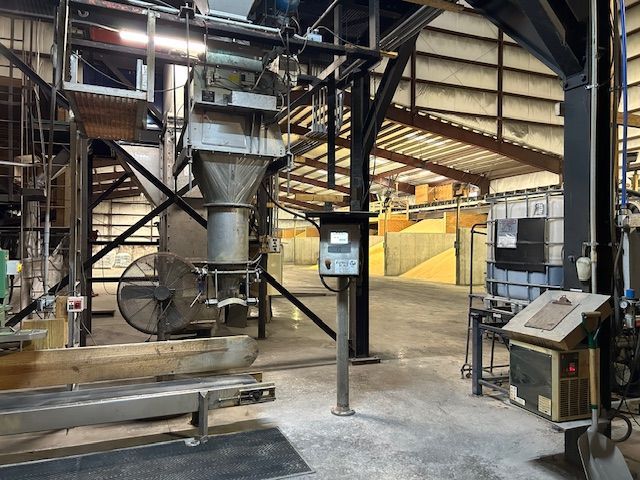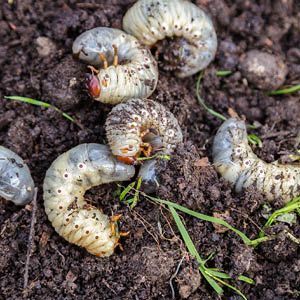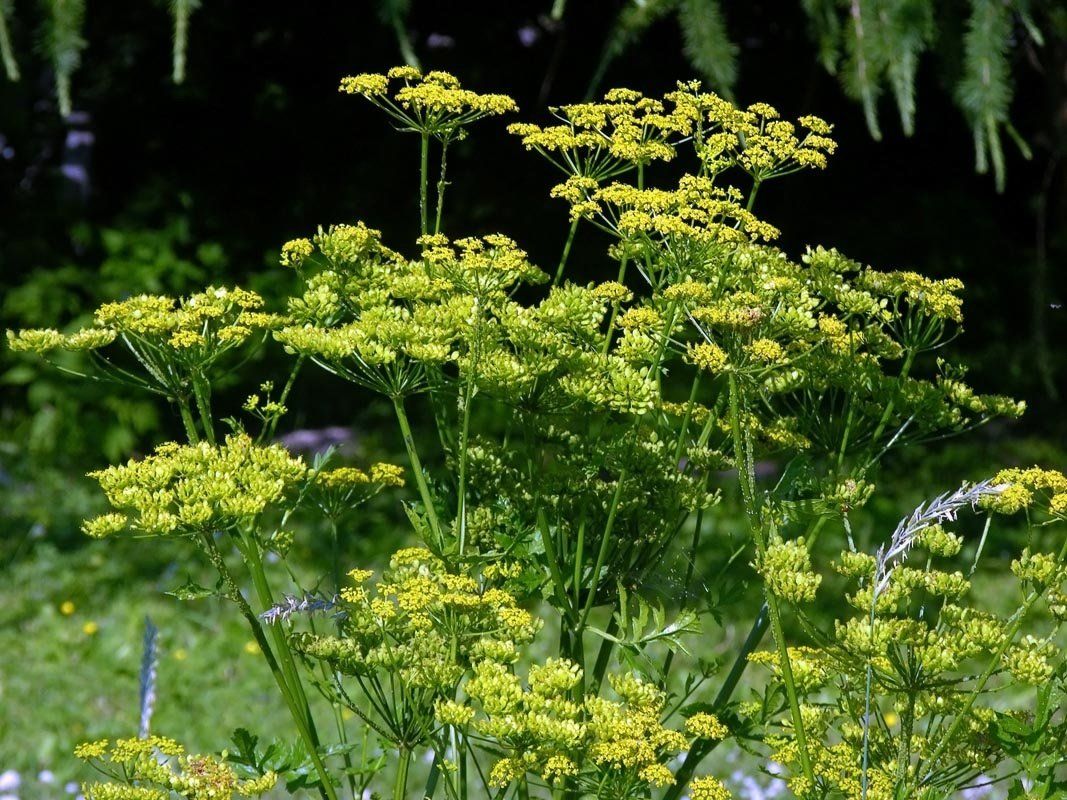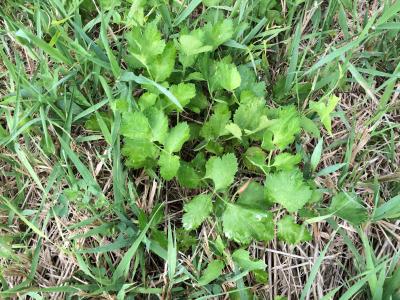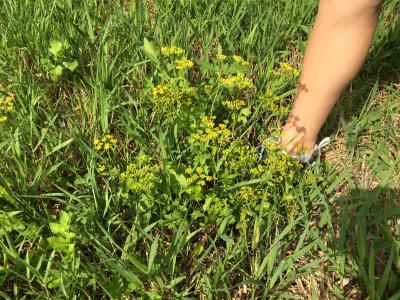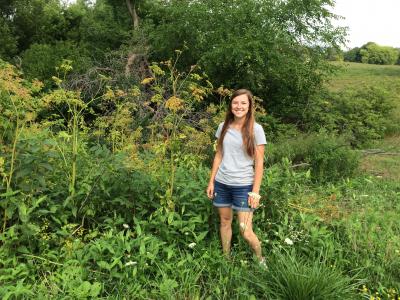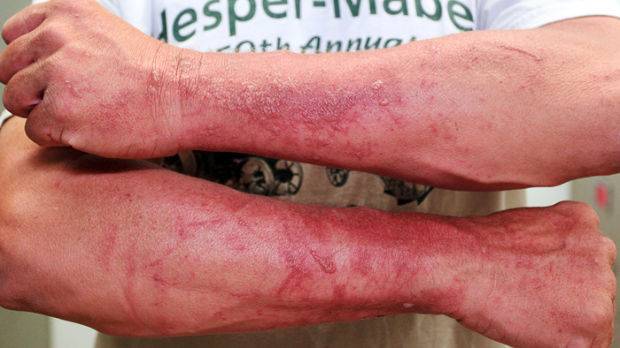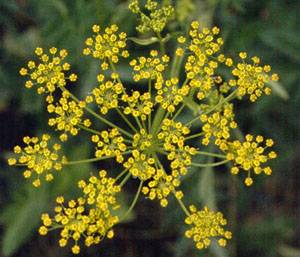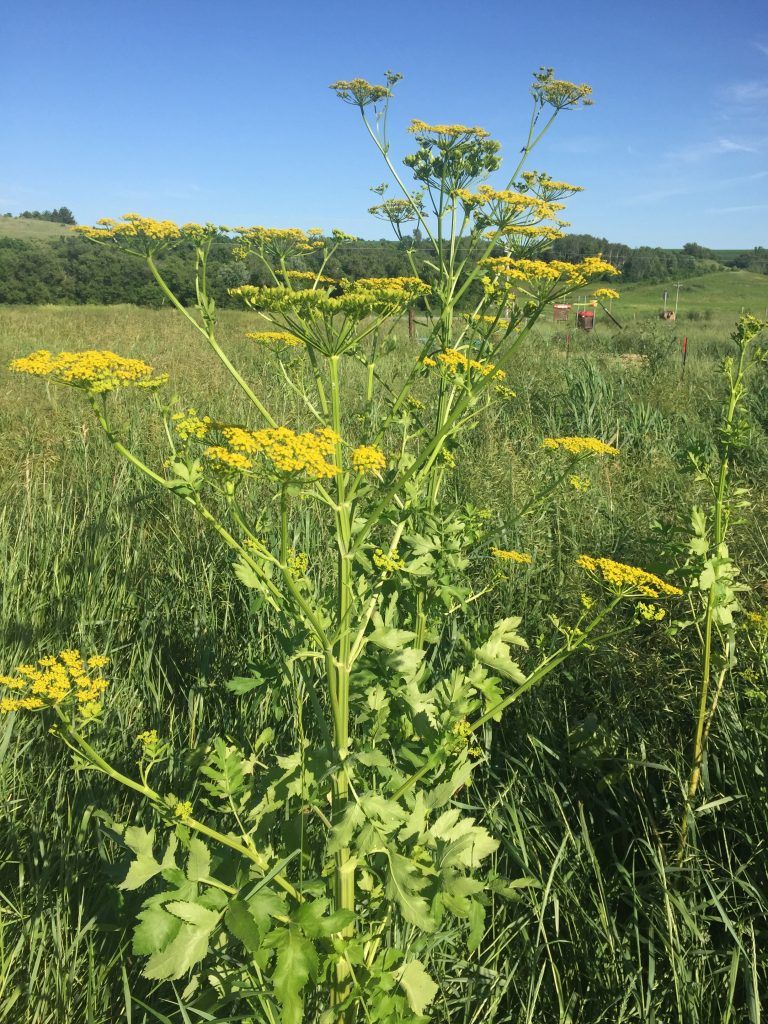DAMAGE
Even well-established turf can be invaded-by-proxy as this weed can become established in landscapes or along wooded lots and distribute seeds in turfgrass areas. Once that infestation begins, it can form dense weeds in turf, fairways, fields or meadows and be very difficult to control without extensive mechanical or chemical control and appropriate PPE equipment to prevent injury from contact with plant.
Human health can also be impacted as this plant produces a compound in its leaves that when contacted with human skin in presence of sunlight will cause a rash that often leads to blisters and discoloration of the skin, known as phytophotodermatitus. If sap comes in contact with skin, avoid exposure to sunlight and immediately wash skin with soap and water. Seek medical attention, if required.
MANAGEMENT
Wild parsnip is found in open places with reduced shade. Eliminating the seed production is going to be key in controlling the Wild Parsnip. Despite it being very labor-intensive, mechanical removal can be an effective control method, but only with appropriate PPE to prevent contact damage to skin or eyes.
If mechanical control is preferred, please take note that Wild Parsnip does not flower all at once, the affected area must be monitored closely for several weeks to prevent seed distribution. Mowing or cutting stands before flowering in June will eliminate the majority of the mature plants and drastically reduce seed production. Make sure to wash equipment after words to prevent movement of seeds to new areas. The rosettes and recently bolted stems that haven’t seed-set yet, may be controlled by severing the tap root 1-2 inches below the soil surface. Careful monitoring required to remove re-sprouts and recently germinated seedlings and rosettes.
PREVENTION
Management plans that combine early spring and late fall applications of a foliar herbicide with the active ingredients, metsulfuron, 2,4-D or Dicamba have been effective at managing this weed and any newly germinating plants. Complete eradication may take a few years as Wild Parsnip seeds are very viable. Any regrowth to affected lawn area will also help prevent another infestation as more vegetation grows to compete for nutrients and reduces where the weed can reestablish itself.
Essentially, the less space there is for Wild Parsnips to grow, the less likely they are to reestablish in your turf. Healthy, full turf will help prevent the growth of this weed and many others. To stave off disease and weeds, you should adopt a seasonal fertilizer program to ensure your turf has the nutrients required to stay dense and strong.
For professional fertilizers with herbicides to prevent and control weeds, please visit TurfCare’s online Product Catalog.
For green industry professionals or others interested in ordering Turfcare products, please contact our Customer Service to find a distributor near you.
References:
http://nyis.info/invasive_species/wild-parsnip/
https://hort.extension.wisc.edu/articles/wild-parsnip/
https://www.mda.state.mn.us/plants/pestmanagement/weedcontrol/noxiouslist/wildparsnip
https://lcinvasives.org/invasives/target-invasives/wild-parsnip/
https://www.10tv.com/article/warning-issued-poisonous-deadly-plants-popping-ohio-2019-jul
https://www.extension.iastate.edu/smallfarms/wild-parsnip-weed-watch
https://ipcm.wisc.edu/blog/2016/07/wild-parsnip-an-expanding-problem-along-roadsides-in-wisconsin/
Photos:
https://crops.extension.iastate.edu/
http://nyis.info/invasive_species/wild-parsnip/
https://ipcm.wisc.edu/blog/2016/07/wild-parsnip-an-expanding-problem-along-roadsides-in-wisconsin/
https://crops.extension.iastate.edu/blog/bob-hartzler/mowing-requires-management-be-effective
Turf Care Supply - TurfReport Blog
